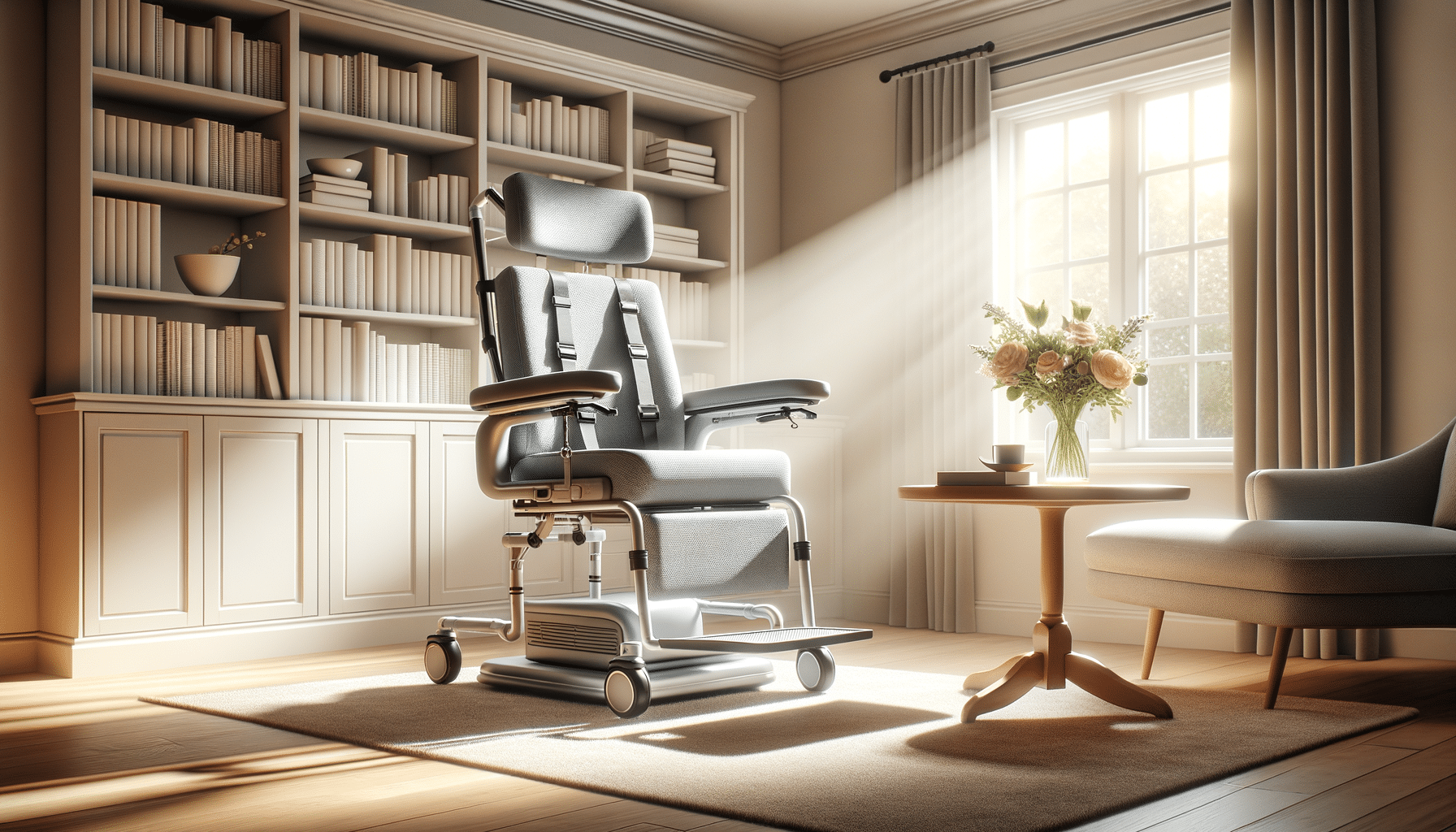
How to Qualify for Property Tax Relief for Seniors
Introduction: Understanding Property Tax Relief for Seniors
As the cost of living continues to rise, many seniors find themselves struggling to keep up with property taxes. Property tax relief programs offer a much-needed respite, helping older adults maintain their homes without financial strain. These programs are designed to alleviate the tax burden on seniors, ensuring they can enjoy their retirement years in comfort. In this article, we delve into the details of property tax relief for seniors, exploring eligibility criteria, types of relief available, and how to apply for these benefits.
Eligibility Criteria for Senior Property Tax Relief
Eligibility for property tax relief varies by state, but common factors include age, income, and residency. Most programs require applicants to be at least 65 years old, although some states may have different age thresholds. Income limits are often set to prioritize those with the greatest financial need.
Additionally, applicants usually must own and occupy their home as their primary residence. Some states also consider the value of the property, ensuring relief is directed to those with modest homes. It is crucial for seniors to verify the specific requirements in their state, as these can significantly impact eligibility.
To qualify, seniors may need to provide documentation such as proof of age, income statements, and property ownership records. These documents help verify eligibility and ensure that relief is granted to those who truly need it.
Types of Property Tax Relief Available
There are several types of property tax relief available to seniors, each offering different benefits. Common forms include:
- Exemptions: These reduce the assessed value of a property, lowering the overall tax bill. Exemptions can be partial or full, depending on the state and the senior’s circumstances.
- Deferrals: This option allows seniors to postpone paying their property taxes until a later date, often until the home is sold or the senior passes away. While this doesn’t eliminate the tax, it provides immediate financial relief.
- Tax Credits: These provide a direct reduction in the amount of tax owed, effectively lowering the senior’s tax liability. Credits can be particularly beneficial for those with limited income.
Understanding the different types of relief available can help seniors make informed decisions about which option best suits their needs.
How to Apply for Property Tax Relief
Applying for property tax relief involves several steps, beginning with researching available programs in the senior’s state or locality. Local tax assessor offices or state websites often provide detailed information about eligibility and application processes.
Once a suitable program is identified, seniors should gather the necessary documentation to support their application. This may include proof of age, income, and residency, as well as any specific forms required by the program.
Submission deadlines are critical, as missing these can result in a loss of benefits for the year. Seniors should ensure their applications are complete and submitted well before the deadline to avoid any issues.
After submission, applicants may need to wait several weeks for a decision. During this time, staying informed about the status of the application can help seniors prepare for any additional steps or documentation requests.
Conclusion: The Importance of Property Tax Relief for Seniors
Property tax relief programs play a vital role in supporting seniors, allowing them to remain in their homes without the financial burden of high taxes. By understanding the eligibility criteria, types of relief available, and application processes, seniors can take advantage of these programs to enhance their quality of life. It is essential for seniors to stay informed about changes in tax laws and available benefits, ensuring they continue to receive the support they need.
In summary, property tax relief for seniors is a crucial component of financial planning in retirement. By exploring these options, seniors can enjoy their golden years with greater financial security and peace of mind.


